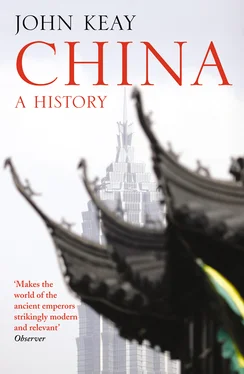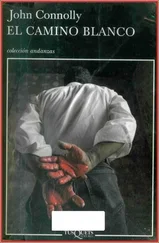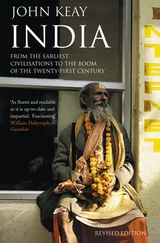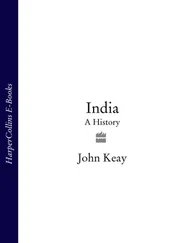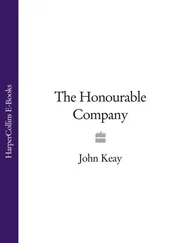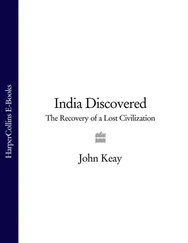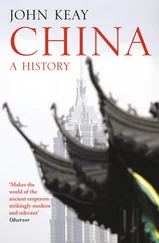In his twenty-eighth year [219 BC] the August Emperor made a new beginning.
He adjusted the laws and the regulations [and set] standards for the ten thousand things…
The merit of the August Emperor lies in diligently fostering basic concerns, exalting agriculture, abolishing lesser occupations, so the black-headed people may be rich.
All under Heaven are of one mind, single in purpose.
Weights and measures have a single standard, words are written in a uniform way.
Wherever sun and moon shine, where boats and wheeled vehicles bear cargo, all fulfil their allotted years, [and] none do not attain their goal.
To initiate projects in season – such is the August Emperor’s way.
Empire, a product of surplus resources, new technologies (metallurgical, agricultural and military) and individual initiative, had already swept through other parts of Asia. Darius and Xerxes of the Persian Achaemenid dynasty had created a territorial colossus stretching from the Aegean to the Indus in the late sixth century BC; Alexander of Macedon had briefly exceeded it in the fourth century BC; and in the early third century BC, while Qin was flexing its muscles in Sichuan prior to China’s first ‘unification’, the Maurya dynasty of Pataliputra was effecting a first ‘unification’ of India.
Ashoka, the third of the Maurya emperors and a near-contemporary of Qin Shi Huangdi, also favoured stone-cut inscriptions. Gouged into India’s bedrock or neatly engraved on monolithic stone columns, they have lasted better than the First Emperor’s stelae, of which only one remaining fragment is reckoned authentic. On the other hand the Indian empire they memorialised would vanish within a decade of Ashoka’s demise, while the Chinese empire of Qin Shi Huangdi would be reconstituted as the long-lasting Han empire and would survive, in principle when not in practice, for over 2,000 years.
Similarly, history’s verdict on the two emperors could not be more different. Ashoka is revered as a benevolent reformer who renounced violence, championed monasticism, proclaimed a universal dharma and dispatched evangelists instead of armies. By contrast, Qin Shi Huangdi is seen as the worst of tyrants, an ‘oriental despot’ at the helm of a totalitarian state, by nature violent, superstitious and prone to megalomania. Yet his inscriptions claim that he too ‘brought peace to the world’, ‘implemented good government’, ‘showed compassion to the black-headed people’ and ‘worked tirelessly for the common good’, not to mention decommissioning weapons and administering justice without favour or remorse. They in fact contain sentiments from which Ashoka would not have shrunk plus phrases which in translation seem to mimic those of the Maurya.
But because so little is known of Ashoka beyond what is contained in his inscriptions, he is usually taken at his own evaluation. The First Emperor, because so much is known of him from other sources, is not. Falling victim to a prolific historiographical tradition that would habitually disparage ephemeral dynasties and which was gravely offended by some of his actions, the First Emperor, were he to have emerged from his underground mausoleum, would have found his stone-cut words ignored. He might then reasonably have complained about double standards; for had works like the Shiji and those based upon it been destroyed and only his epigraphy survived, history might have been as kind to him as it has to Ashoka.
In 213 BC the destruction of other texts constituted the incident mainly responsible for consigning the First Emperor’s reputation to abiding ignominy – abiding, that is, until Red Guards tore a leaf from his book, so to speak, in the late 1960s and thus helped to rehabilitate China’s first cultural revolutionary. For though his reformation of the script was welcomed by the literate, the First Emperor showed nothing but contempt for traditional scholarship. History was there to be made, he seemed to say, not to be repeated. To those who prattled about the grand old Duke of Zhou and Heaven’s Mandate, he extended neither respect nor favour; and when they continued to snipe at the legalist emphasis on law rather than precedent, and on a ruler’s strength rather than his virtue, the literary pogrom of 213 BC was his typically unequivocal response.
After Lu Buwei, the merchant-minister who was probably not the First Emperor’s father, fell from grace in 238 BC, he had been replaced in the imperial favour, and eventually as chancellor, by another upstart. Described as ‘a man from the black-headed people of the lanes and alleys’, this was Li Si, whose twentieth-century biographer considers him the éminence grise behind the First Emperor’s throne and calls him ‘China’s First Unifier’. 14An arch-practitioner of legalism and probably the composer of the emperor’s triumphalist inscriptions, Li Si had once studied under the philosopher Xunzi. So had Han Fei, legalism’s most eloquent exponent. Both Li Si and Han Fei then embraced a scruple-free code that was anathema to their mentor but welcome enough in Qin, a state of which the philosopher had been highly critical. One can only suppose that the quality of Xunzi’s instruction left something to be desired.
In the assault on tradition Han Fei led the way, famously satirising Confucian scholars as ‘stump-watchers’; for according to Han Fei, in urging the emperor to adopt the ways of the ancients, such scholars would have His Majesty behave like a doltish farmer who, chancing to see a rabbit collide with a tree stump, lays down his plough and spends the rest of his days watching the stump in expectation of repeat pickings. In other words, past precedent was no guide to present exigencies, and the state could ill afford scholars who preached such nonsense. Since they neither tilled nor fought, such pedants were parasites. Their elegant phrases undermined the law and their disputatious counsels left the ruler in two minds. If indulged, they would assuredly bring ruin, wrote Han Fei.
Therefore in the state of an enlightened ruler there are no books written on bamboo strips; law supplies the only instruction. There are no sermons on the former kings: the officials serve as the only teachers. And there are no fierce feuds involving private swordsmen; cutting off enemy heads [in battle] is the only deed of valour. When the people of such a state speak, they say nothing in contradiction of the law; when they act, it is so as to be useful; and when they perform brave deeds, they do so in the army. 15
Legalism, which is also sometimes called ‘Realism’, ‘Rationalism’ and ‘Modernism’, was nothing if not pragmatic. Only scholarship that strengthened the state, like that of the legalists themselves, was admissible. When in 213 BC a Confucian scholar suggested to the emperor that, since he was now all powerful, this might be the moment to revive the Shang and Zhou tradition of rewarding loyal kinsmen by granting them fiefs, it was Li Si’s turn to reach for the pen (actually the writer’s brush). Fief-granting had proved an unmitigated disaster, he memorialised. ‘Feudal’ rulers had risen against their superiors, and they had been encouraged to do so by scholars who pillaged antiquity to confuse the issue and disparage present authority. Now these same ‘adherents of personal theories’ would have Qin repeat the mistake. They were criticising the emperor’s territorial arrangements, forming cliques and undermining his authority. They must be stopped.
I request [then] that all writings, the [ Books of ] Odes, Documents and the sayings of the hundred schools of philosophy be discarded and done away with. Anyone who has failed to discard such books within thirty days…shall be subjected to tattooing and condemned to ‘wall-dawn’ [i.e. hard] labour. The [only] books to be exempted are those on medicine, divination, agriculture and forestry. 16
Читать дальше
